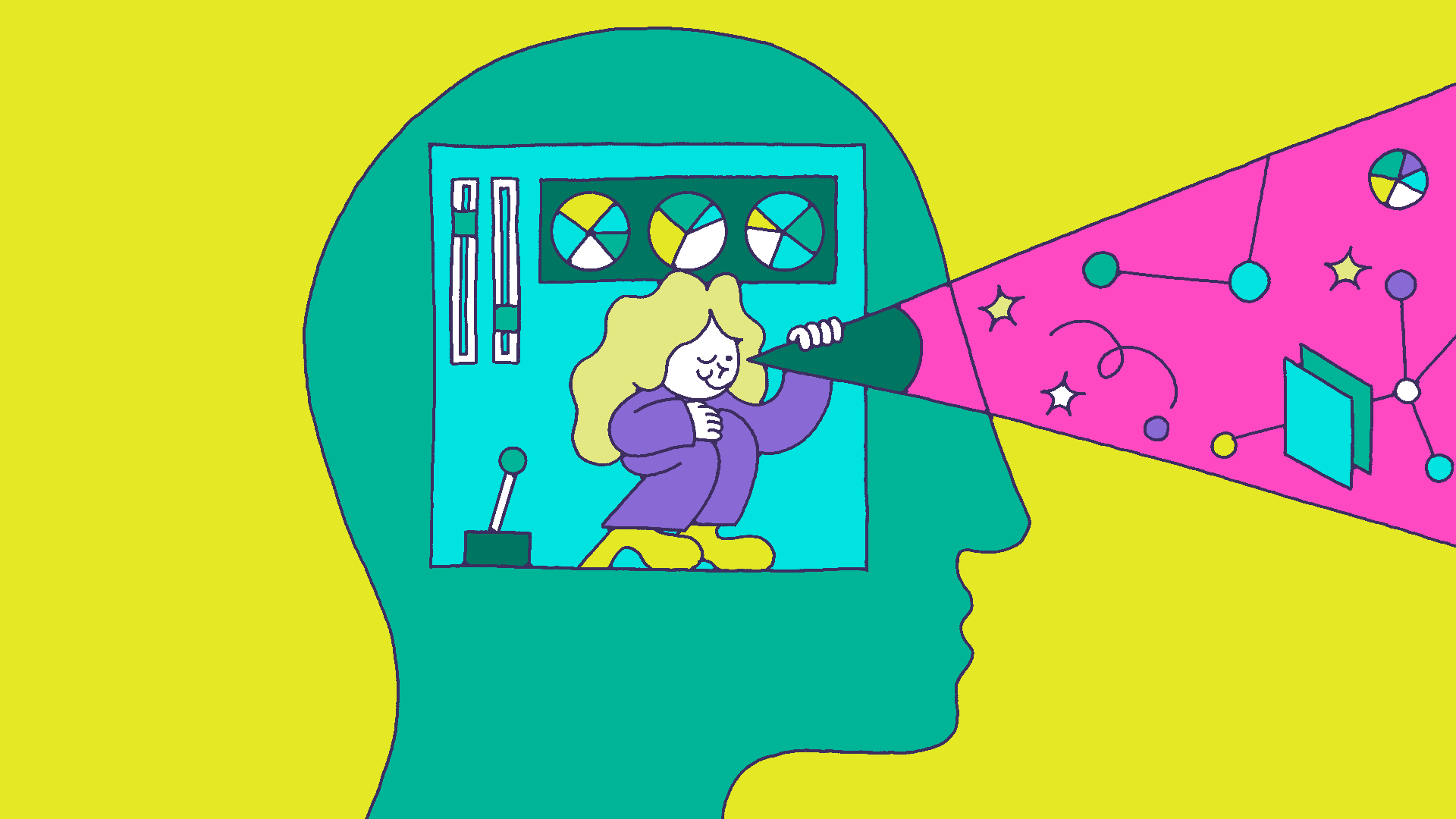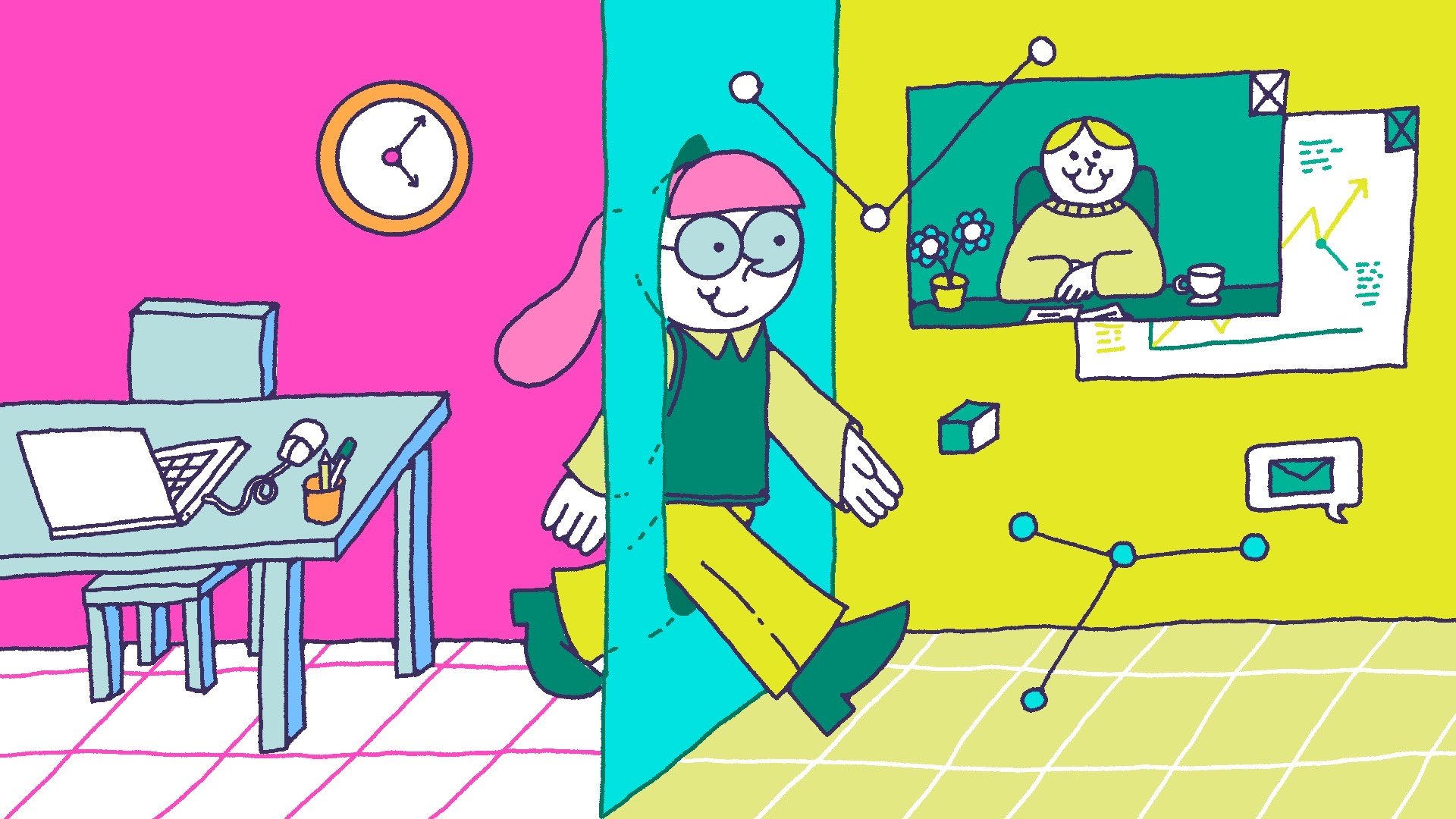Ogni rivoluzione tecnologica nasce da una promessa. Internet avrebbe dovuto connetterci; in parte ci è riuscito, in parte no. L’intelligenza artificiale oggi promette di liberarci dal ripetitivo e amplificare le nostre capacità. Ma l’amplificazione, di per sé, non garantisce un progresso: rende semplicemente più evidente ciò che siamo.










